Iona
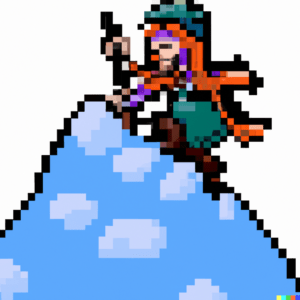 Iona quickly proved herself to be a valuable addition to the Frozen Viking Mountaineers, using her keen senses and her extensive knowledge of the mountains to lead the way through the harshest of conditions. She was a skilled mountaineer, a cunning strategist, and a fearless warrior, who was always ready to take on any challenge that lay before her.
Despite the dangers and hardships of her travels, Iona never wavered in her love of exploration. She cherished the thrill of discovery, the freedom of the road, and the camaraderie of her fellow mountaineers. And her travels took her to the summit of the highest peaks, where she gazed out over the breathtaking vistas and felt the wind in her hair.
As she explored the mountains of Scandinavia with the Frozen Viking Mountaineers, Iona also learned of the rich and fascinating culture of the Vikings. She was fascinated by their stories, their legends, and their lore, and she soon became an expert in the history and traditions of the north.
In the end, Iona’s travels took her far from her Scottish home, but her love of adventure and her love of the mountains never waned. And her legend lived on, passed down from generation to generation, as a proud and fearless Scottish explorer, who roamed the peaks of Scandinavia with the Frozen Viking Mountaineers.
Iona quickly proved herself to be a valuable addition to the Frozen Viking Mountaineers, using her keen senses and her extensive knowledge of the mountains to lead the way through the harshest of conditions. She was a skilled mountaineer, a cunning strategist, and a fearless warrior, who was always ready to take on any challenge that lay before her.
Despite the dangers and hardships of her travels, Iona never wavered in her love of exploration. She cherished the thrill of discovery, the freedom of the road, and the camaraderie of her fellow mountaineers. And her travels took her to the summit of the highest peaks, where she gazed out over the breathtaking vistas and felt the wind in her hair.
As she explored the mountains of Scandinavia with the Frozen Viking Mountaineers, Iona also learned of the rich and fascinating culture of the Vikings. She was fascinated by their stories, their legends, and their lore, and she soon became an expert in the history and traditions of the north.
In the end, Iona’s travels took her far from her Scottish home, but her love of adventure and her love of the mountains never waned. And her legend lived on, passed down from generation to generation, as a proud and fearless Scottish explorer, who roamed the peaks of Scandinavia with the Frozen Viking Mountaineers.Halvar
Halvar, an old Swedish name meaning defender of the rock, was a fearless Viking warrior, born and raised in the rugged, icy reaches of the northern mountains. As a young man, he was known for his fierce spirit, his unbreakable will, and his love of adventure. It was no surprise, then, that he was soon recruited into the ranks of the Frozen Viking Mountaineers, a legendary band of explorers who roamed the vast, snow-covered peaks in search of new lands to conquer and new riches to claim.
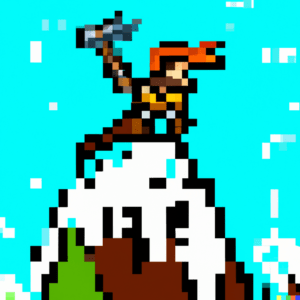
Halvar quickly proved himself to be one of the greatest of the Frozen Viking Mountaineers, a master of the mountain trails and a fearless warrior. He was a skilled hunter, a deadly marksman with his bow, and a cunning strategist. He led his fellow mountaineers on countless daring expeditions, braving blizzards, avalanches, and other hazards to reach the summit of the highest peaks and claim their prizes.
But Halvar was more than just a fearless warrior. He was also a man of great wisdom, who understood the importance of knowledge and the power of the written word. He was a chronicler of the Frozen Viking Mountaineers, recording their travels and their conquests for posterity. And his words inspired countless generations of Vikings, who looked to the mountains with longing and dreamed of following in his footsteps.
Halvar continued to explore the mountains for many years, always seeking new challenges and new adventures. And when he finally retired from the Frozen Viking Mountaineers, he settled in a remote village in the mountains, where he lived out the rest of his days in peace, surrounded by the memories of his travels and his conquests. But his legend lived on, passed down from generation to generation, as the greatest of all the Frozen Viking Mountaineers.
Eerika
Eerika, an old Norse name meaning ruling forever, was a proud and fearless Viking woman who hailed from the rugged, icy reaches of the northern lands. Born into a family of proud warriors, she was raised on tales of ancient conquests and mighty battles, and from a young age, she knew that she too was destined to be a fierce warrior.
As she grew older, Eerika developed a love for adventure and exploration, and she soon joined the ranks of the Frozen Viking Mountaineers, a legendary band of warriors who roamed the vast, snow-covered mountains of the north, seeking out new lands to conquer and new riches to claim.

Eerika quickly proved herself to be a fearless warrior, and she soon became known throughout the land for her bravery and cunning. She was a skilled hunter, a master of the bow and arrow, and an expert in the art of navigation.
As she travelled with the Frozen Viking Mountaineers, Eerika encountered countless challenges and obstacles, from raging blizzards to treacherous ice cliffs, but she never backed down from a fight. With her wits and her weapons, she always found a way to emerge victorious.
Despite the danger and the hardships, Eerika loved every moment of her travels with the Frozen Vikings. She cherished the freedom of the road, the thrill of adventure, and the camaraderie of her fellow warriors.
And so, with her fierce spirit and her unwavering determination, Eerika continued to travel with the group, exploring new lands and facing new challenges, always seeking new glory and new riches. And her legend lived on, passed down from generation to generation, as the greatest of all the Frozen Viking Mountaineers.
Fritjof
Fritjof, meaning one who steals peace, was a brave and skilled Viking warrior who grew up in the icy mountains of Scandinavia. From a young age, he learned the ways of the hunt and became a master of tracking and trapping animals in the harsh winter conditions.
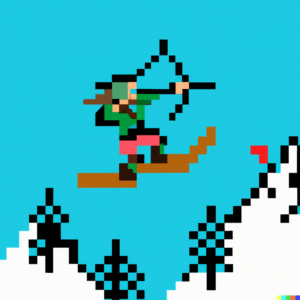
One day, while out on a hunt, Fritjof stumbled upon a mysterious figure who introduced himself as Ullr, the god of winter and skiing. Ullr was impressed by Fritjof’s hunting skills and saw potential in him as a skiier. He took Fritjof under his wing and taught him the art of skiing, showing him how to glide through the snow and navigate treacherous mountain terrain with ease.
Fritjof quickly became a skilled skier, and his hunting expeditions became even more successful as he was able to cover more ground and track animals more efficiently. He soon became a legend among his people, known for his unparalleled skill as a hunter and his mastery of skiing.
As a tribute to his skills and his close relationship with Ullr, Fritjof joined the Frozen Viking Mountaineers, a group of elite warriors who lived in the snowy peaks and took on the most challenging hunts and battles. He became a respected member of the group and continued to hone his skills as a hunter and skier, always striving to be the best in his craft.
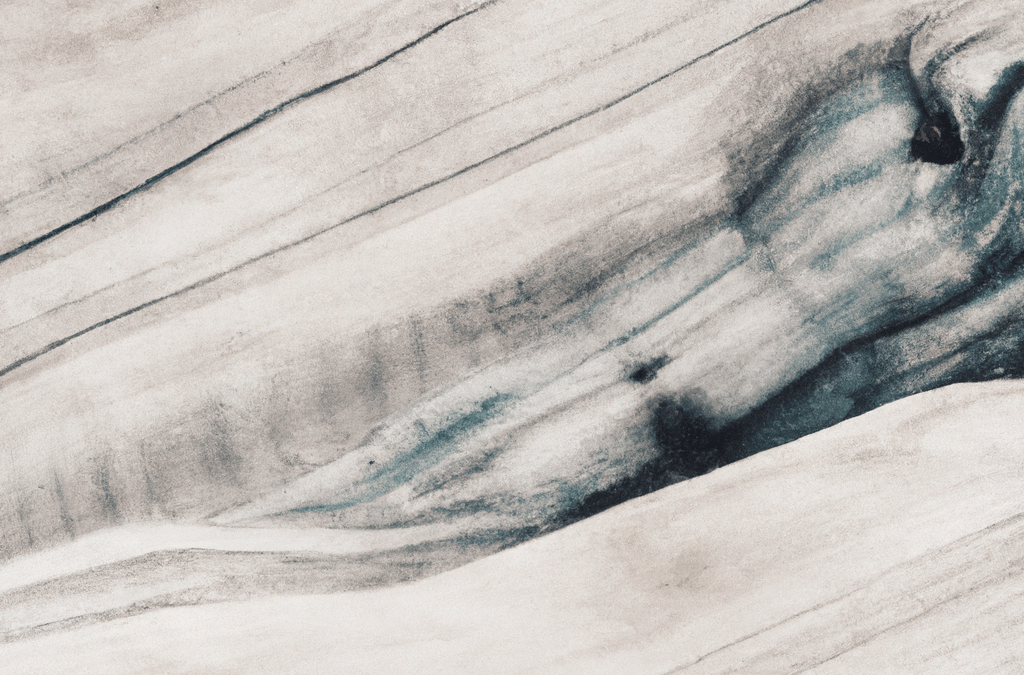
Third Man Syndrome
“Third Man Syndrome” is a term used to describe the feeling of a presence of a third person during experiences that are typically considered to be intimate or personal. This phenomenon can be experienced in different settings, but it is most commonly reported by individuals who have survived a life-threatening situation, such as climbing a mountain or being lost at sea.
The sensation of a “third man” is described as a mysterious, unidentifiable figure who appears to be present and offering help or guidance. Some people report feeling a comforting presence, while others describe feeling threatened or pursued by the figure.
The exact cause of Third Man Syndrome is not well understood, but it has been suggested that it may be related to a survival instinct, an attempt to cope with intense stress or fear, or a manifestation of psychological distress.
It is important to note that the experience of a “third man” is not unique to individuals who have faced life-threatening situations, and can occur in other contexts as well. However, it is often only in extreme circumstances that people feel compelled to describe or seek explanation for the sensation.

Wilson
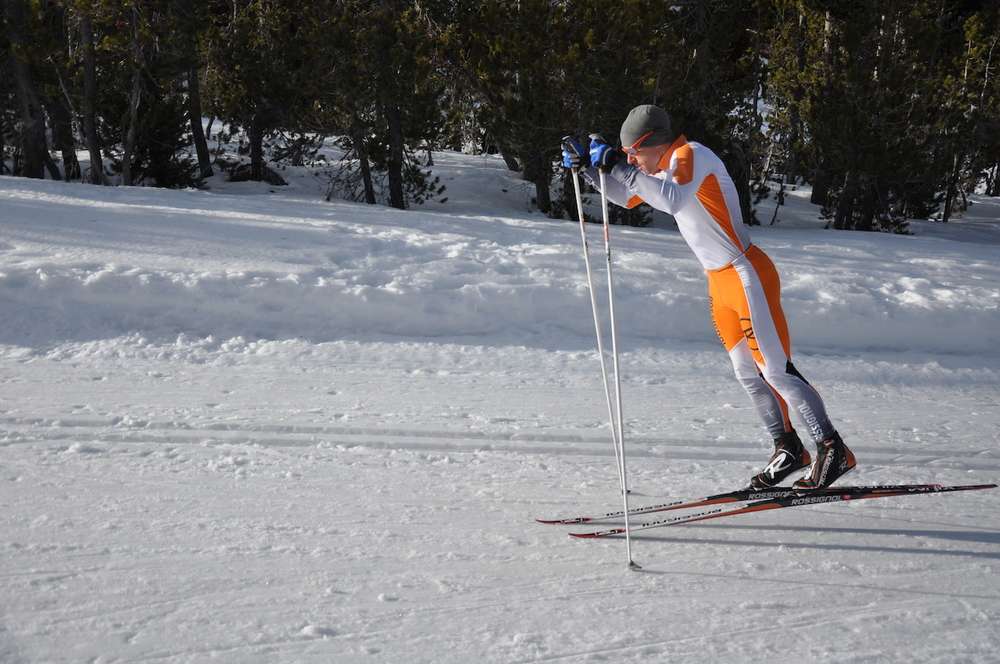
Double Poling
Double poling is a technique used in cross country skiing where the skier uses two poles simultaneously to propel themselves forward.
The poles are planted alternately on either side of the body and the arms are used to drive the poles forward. This technique is used primarily on flat or uphill terrain, as it is an efficient way to generate forward momentum without having to stride with skis. Double poling requires a lot of upper body strength and coordination and is considered a highly technical aspect of cross country skiing.
Is it faster than striding?
It depends on the terrain and the skier’s personal abilities. In general, double poling is faster than striding on flat or uphill terrain as it provides a more efficient way of generating forward momentum. Striding, on the other hand, is better suited for downhill terrain as it provides better control and balance. Both techniques have their advantages and disadvantages and skiers often switch between them depending on the terrain and the situation. Ultimately, the fastest technique for an individual skier depends on their specific strengths and weaknesses, as well as the conditions of the race.
Here’s a fantastic, very thorough paper on the topic writen by Jørgen Danielsen from The Norwegian University of Science and Technology
Tres Chic

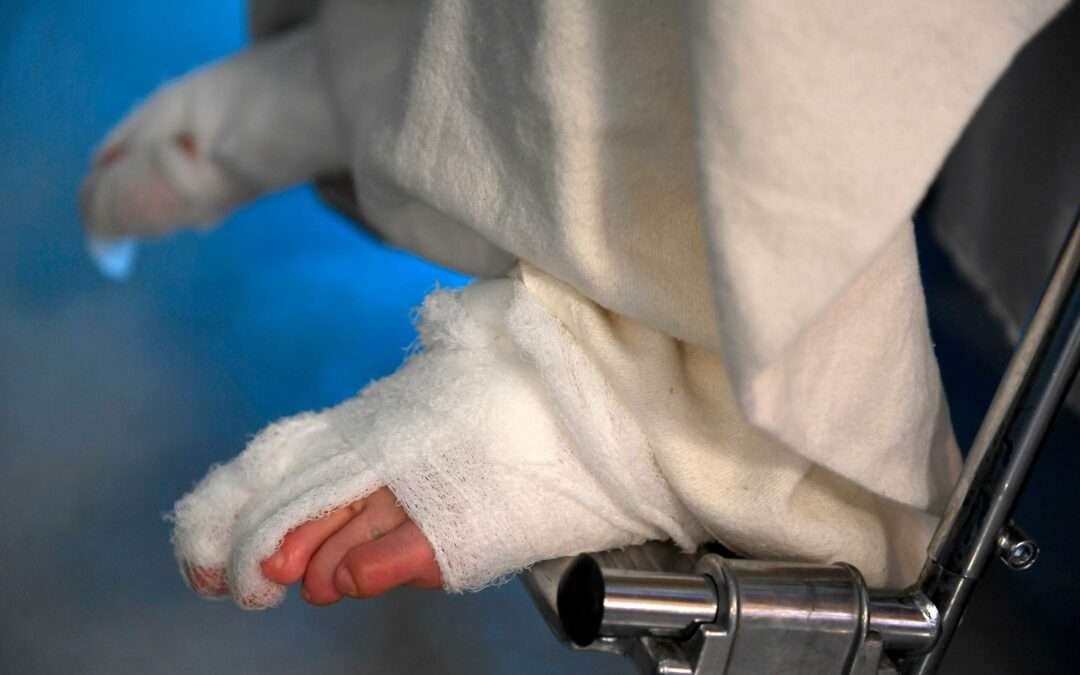
How to Treat Frostbite
Frostbite is treated by rewarming the affected tissue. This should be done slowly, as rapid rewarming can cause tissue damage. The affected area should be immersed in water that is between 104 and 108 degrees Fahrenheit. Pain medication may be given to help manage the discomfort associated with rewarming. After rewarming, the affected area should be kept elevated to help reduce swelling. If blisters or other skin damage occurs, they should be treated to prevent infection. In severe cases, surgery may be required to remove dead tissue. It is important to seek medical attention as soon as possible if you suspect you have frostbite.
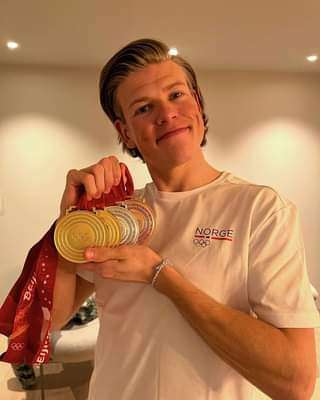
Johannes Høsflot Klæbo – The GOAT
Johannes Høsflot Klæbo is the GOAT in cross-country skiing. Here are some of his notable statistics:
-3-time overall World Cup champion (2018-19, 2019-20, 2020-21)
-7-time World Champion
-2-time Olympic medalist (1 gold, 1 silver)
-20 World Cup wins
-15 World Cup podium finishes
-26 World Cup top-ten finishes
-5 Tour de Ski podium finishes
-Youngest skier to win the overall World Cup
-Youngest skier to win the sprint World Cup title
What’s the Difference Between v1 and v2 Skate Ski Technique?
V1 and V2 are different techniques used in cross-country skiing, specifically in the skate skiing style. V1 is a diagonal technique, where the skier pushes off with one ski while the other ski glides forward. The skier then alternates the pushing leg with each stride. V2 is a double poling technique, where the skier pushes off with both skis simultaneously while also using their poles for propulsion. V2 is considered to be more efficient than V1 and is typically used on flatter or uphill terrain.
Nordic Lab has a great video showing the differences: Nordic Ski Lab – Skate Skiing Techniques Explained
